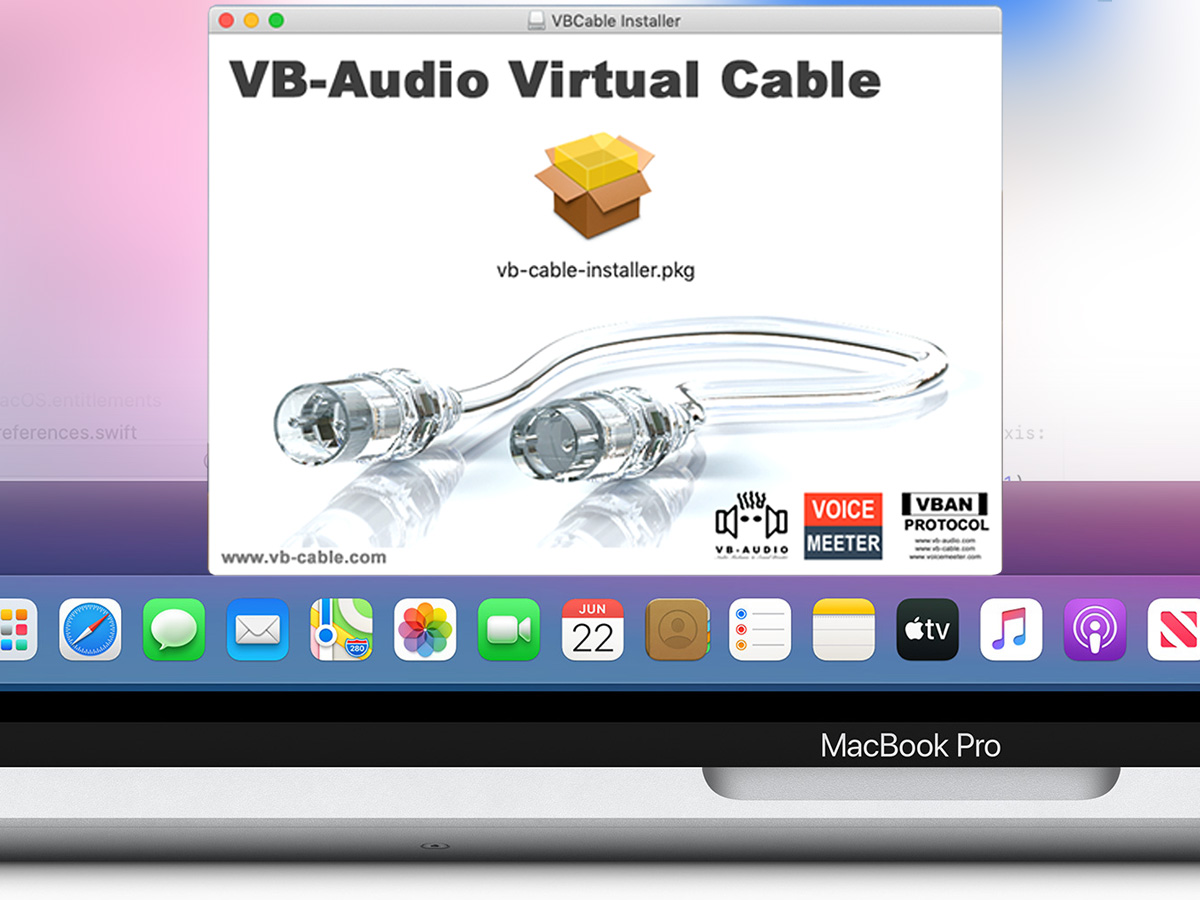
A person could use two or more software audio generators, synthesizers or sequencers to produce audio streams and send them to a VAC output cable and record the mixed stream from the VAC input cable using any type of recording software.īecause VAC routes audio streams in almost real time, it is able to be utilized in various manners. VAC is useful for recording an application's audio output in almost real time or transferring a sound stream to another application so it may process it. Similarly, more than one application is able to receive audio from an input cable, whether it's sharing the same audio data with another target or receiving its own personal audio stream.

If more than one application is sending audio through an output virtual cable, VAC is able to mix all of the streams together or create separate corresponding virtual input cables. VAC is the audio equivalent of a MIDI loopback device such as MultiMid or Hubi, and can be used instead of "Stereo Mix" or "What U Hear" features of audio adapters. Since all transfers are made digitally, there is no loss in sound quality. Any application is able to send an audio stream to the input side of a "virtual cable" while a corresponding application can receive this stream from the output side. Note: You won’t be able to hear your PC’s audio with this setup, but you will be able to hear the other people in the call.Virtual Audio Cable is a software product based on WDM multimedia driver that allows a user to transfer audio streams from one application to another. Step 10: Get in a call and you’re good to go! I recommend headphones, as speakers will go through the mic and create a feedback loop. Step 9: Click on Devices, then set Microphone to CABLE Output and Speaker to whatever output device you’d like to listen from. Step 8: In Teams, click on your Profile and open Settings Step 7: Click on the Listen tab, check the box next to Listen to this device, and set the Playback dropdown to CABLE Input. Step 6:Right click on your mic (whichever one you use primarily) and click Properties Step 3: Set your output device to CABLE Input Run as administrator and install the right version for your computer (圆4 vs x32). This acts as a mic for Teams to take input from. Put simply, what we’re doing is mixing your PC’s audio with your mic audio into a single simulated audio input. You can find more information about the updated solution here.

NOTE: Microsoft has updated this feature in Teams Live events. Fortunately, this feature can be recreated with a third-party program and a few settings changes. However, this feature is absent from Teams Live Events (where it would arguably be more useful).

A helpful feature available in Teams meetings is the ability to share your PC’s audio with the other members of the meeting.


 0 kommentar(er)
0 kommentar(er)
